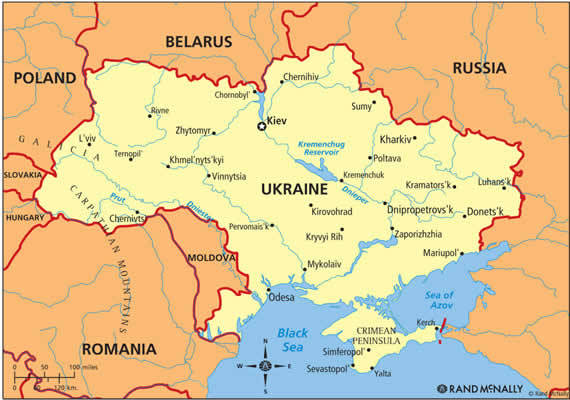The Investor & Exporter forex window experienced a notable 46.69% increase in dollar turnover, reaching $123.25 million on Monday, up from $84.02 million on Friday.
However, despite this surge, the naira saw a depreciation of 1.96%, closing at N795.41/$ compared to N780.14/$ on Friday, as reported by FMDQ OTC Securities Exchange.
Trading on Monday revealed a fluctuating naira, ranging from a high of N1,099/$ to a low of N701/$. Simultaneously, on the parallel market, the naira continued its downward trend, depreciating by 4.55% to N1,150/$ from the N1,100/$ rate on Friday.
Bureau de Change operators reflected the market volatility, with one, Awolu, citing buying at N1,110/$ and selling at N1,150/$. Another trader, Kadir, indicated selling at N1,150/$ and buying at N1,170/$.
The continuous depreciation of the naira follows the Central Bank of Nigeria’s decision in June to allow a more flexible exchange rate on the official Investor & Exporter forex window. Prior to this policy shift, the naira traded at 471.67/$ on the official market and 765/$ on the parallel market in June.
Economist Intelligence, however, projects a year-end closing rate of N810/$ on the official market. The report suggests that despite initially allowing the naira to float in June, the central bank has since reestablished control over the exchange rate by restricting access to foreign exchange sales for entities quoting prices outside a preferred rate.
The Economist Intelligence Unit highlighted that unsupportive monetary policies, including deeply negative short-term real interest rates, would continue to exert pressure on the naira. The report concludes that although a currency float might not succeed over 2024-2028, the fuel subsidy is likely to end when the Dangote refinery replaces imports, expected from late 2024 onwards.





